Automakers Going Abroad: Beware of India's 'Pig Butchering' Scheme
![]() 09/29 2024
09/29 2024
![]() 671
671
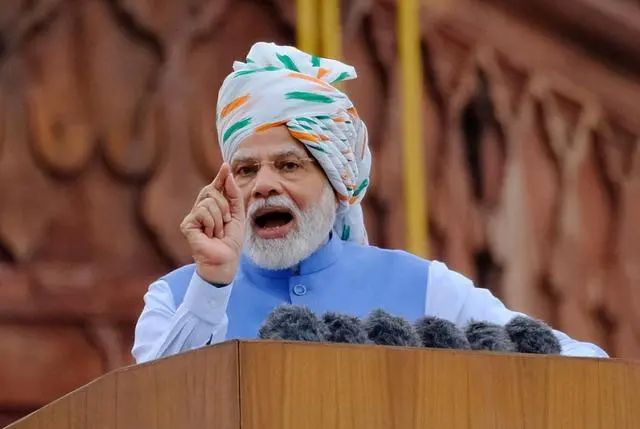
Introduction
It's not about being afraid of getting robbed, it's about being wary of those who keep you in their sights.
In mid-March of this year, India's Ministry of Commerce and Industry suddenly announced a "major bonus" by offering the most significant incentives to foreign new energy vehicle companies investing in India - any imported electric vehicle priced above $35,000 would enjoy a preferential tariff of 15% for five years for the relevant production enterprises! Prior to this, India imposed a 70% tariff on imported cars priced below $40,000 and a 100% tariff on those priced above $40,000.
These preferential tariffs, of course, come with conditions: Foreign companies applying for preferential tariffs must commit to investing at least 41.5 billion Indian rupees (approximately $500 million at the time's exchange rate) in India and commence local electric vehicle production within three years to qualify for tax benefits. Naturally, the tariff incentives are also limited, with each company eligible for a reduction on up to 8,000 vehicles per year, totaling 40,000 vehicles over five years entering the Indian market.
The Indian government seems unusually pleased with this investment attraction strategy, to the point of being overly confident. Piyush Goyal, the Minister of Commerce who drafted and announced this measure, passionately declared on television in late March:
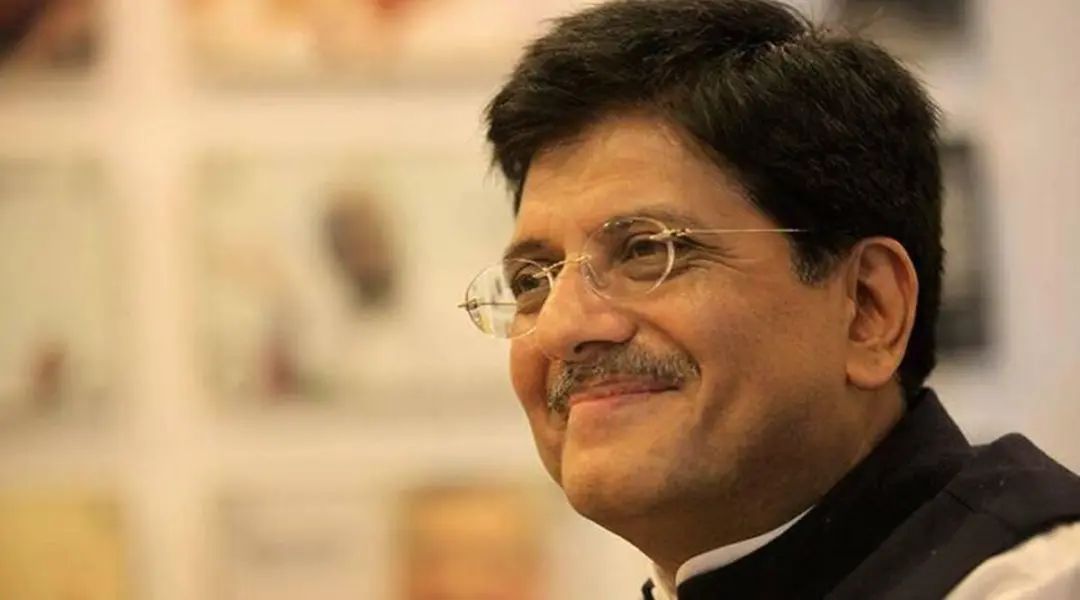
Image | Piyush Goyal, former Minister of Energy and current Minister of Commerce. He recently also promoted amendments to India's Coffee Act to support domestic coffee cultivation, exuding confidence.
'We invite global companies to come to India. I believe India will become a global hub for electric vehicle manufacturing, creating jobs and improving trade.'
During the program, he further claimed that this move would benefit Indian consumers as 'they will be able to purchase electric vehicles at cheaper prices, while also helping the government achieve its goals of reducing oil imports and foreign exchange outflows.'
A New Round of India's 'Pig Butchering' Scheme is Brewing
From the beginning, India targeted Tesla, owned by Elon Musk, as its primary target.
For quite some time, Indian politicians, media, and even the vast majority of netizens repeatedly speculated about Tesla setting up a factory in India across all social media platforms and occasions, envisioning the launch of an Indian version of Tesla vehicles. Their words suggested a certainty that they had already secured Musk's assets.
This farce continued until the end of April this year, when Musk himself announced on Twitter that due to a 'busy work schedule,' his visit to India (to sign an investment agreement) would have to wait for 'next time.' He then hopped on his private jet straight to Beijing. For more details on this incident, refer to the 'Car Talk of the Week' column in the second week of May, titled 'Elon Musk Visits China, and Only India Gets Hurt!'
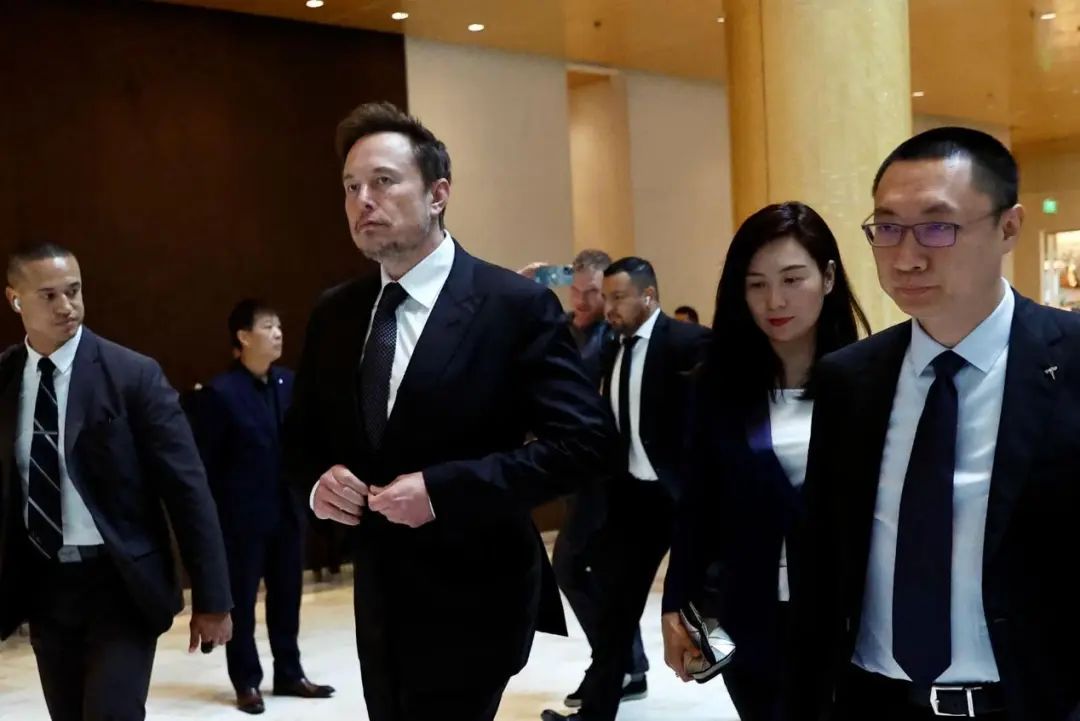
Image | Really think Elon Musk is easy to fool?
While India believes that failing to deceive is equivalent to losing, trying to trick someone as shrewd as Musk is an impossible task.
Musk's 'no-show' once angered many in India. However, there's nothing you can do if someone doesn't fall for your tricks. But with so much hype built up, failing to attract investors wasn't an option.
Therefore, the Indian government mobilized its connections to cast a wide net. Rumors at the time suggested that Indian companies and local government officials began contacting domestic automakers to attract them to invest and build new energy vehicle factories in India.
All of this is reminiscent of when the Bharatiya Janata Party won the general election a decade ago and Narendra Modi became Prime Minister, luring Chinese mobile communication equipment manufacturers to set up factories in India.
But while India's calculations may be loud, the Chinese government is no fool. In July of this year, the Ministry of Commerce convened a meeting with the heads of over ten automakers, advising them not to make any auto-related investments in India – manufacturers should not blindly follow trends or believe in foreign government investment initiatives.
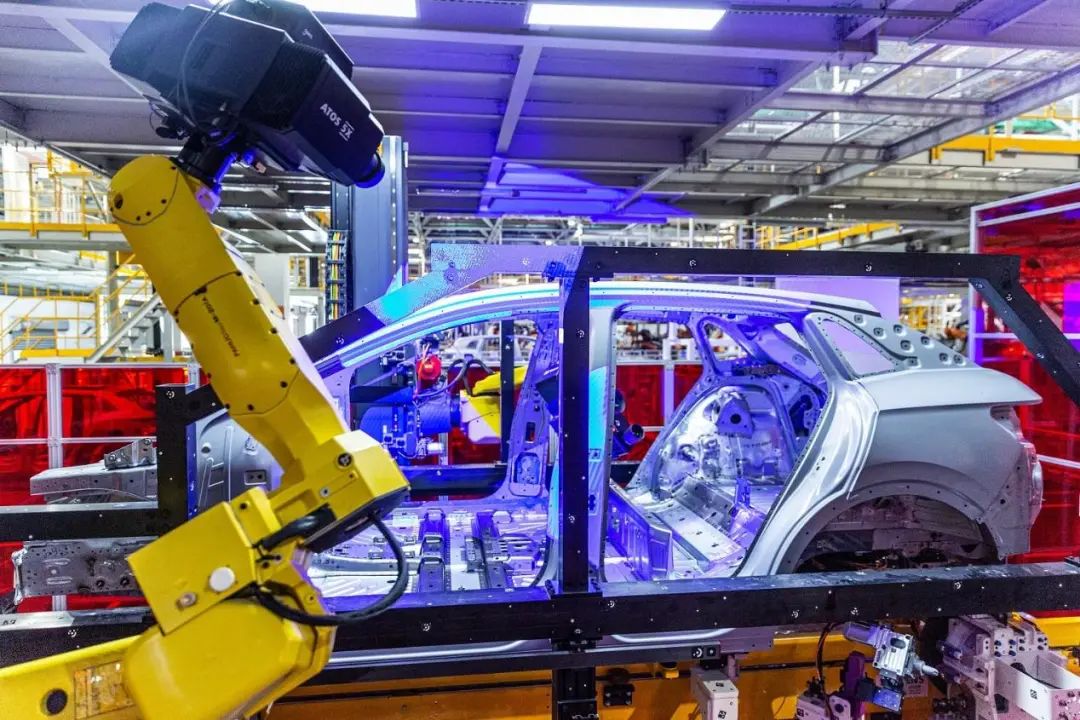
Image | New energy vehicles are currently China's most competitive industry and a core manufacturing sector that cannot be compromised
According to insiders, the meeting also specifically mentioned Turkey, urging companies to notify the Ministry of Industry and Information Technology and the Chinese Embassy in Turkey before planning investments in that country.
It is believed that this move aims to protect China's automakers' core technologies in new energy vehicles while preventing domestic investments from falling into 'traps.'
While the government's intentions are admirable, objectively speaking, automakers are unlikely to make the foolish mistake of investing in India. After all, in early April, SAIC Motor barely managed to preserve its investments in India.
Since 2022, India's tax authorities have been targeting SAIC Motor's Indian subsidiary for various reasons, including financial irregularities. At the time, SAIC Motor had already been operating in the Indian market for over five years.
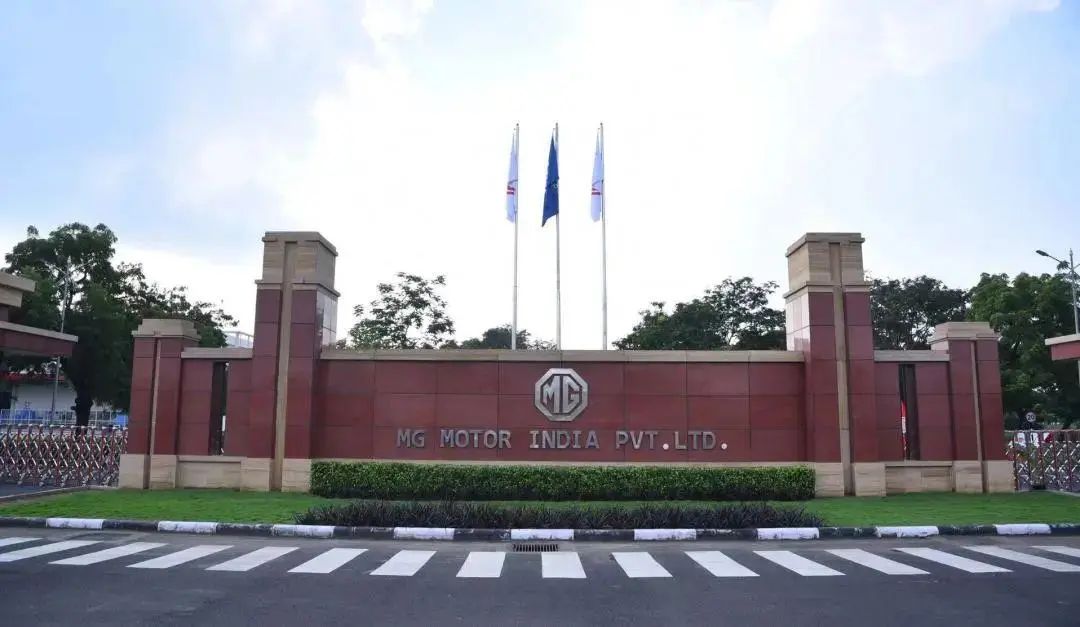
Image | SAIC Motor's Indian production base was acquired through the purchase of General Motors' HALOL factory in Vadodara, Gujarat, India
SAIC Motor entered the Indian market with the MG-branded Baojun 530 model, known as the MG Hector in India. Equipped with SAIC's self-developed i-Smart intelligent driving system, the MG Hector has been selling well in the Indian market since its launch, once achieving 31,000 orders in three months and delivering 7,000 vehicles per month. By 2023, MG brand sales in the Indian market exceeded 60,000 units, indicating a promising market situation.
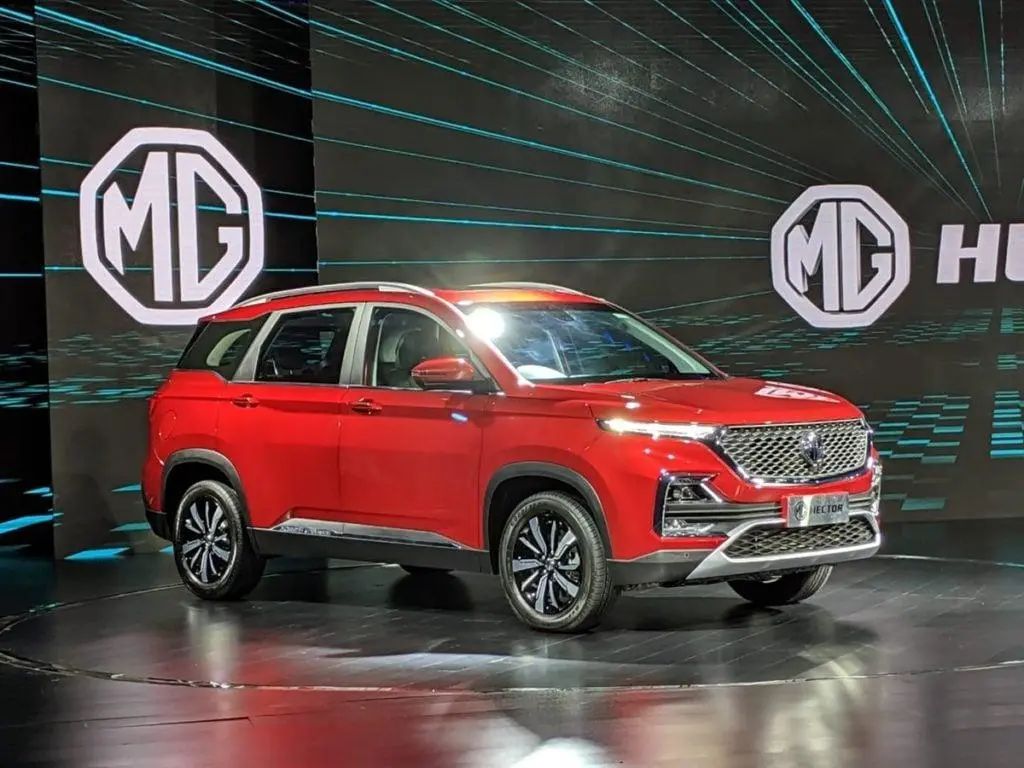
Image | The MG Hector is based on the locally modified Baojun 530 model
However, the Indian government has never intended to let foreign companies make easy money. First came tax investigations, followed by accusations of financial irregularities. By 2023, the government went as far as changing the rules to require foreign automakers not to hold more than 50% ownership in India.
This farce ended with the local steel group JSW acquiring a 35% stake in MG Motor India. This, combined with an 8% stake held by a local investor, 3% by dealers, and 5% by employees, diluted SAIC Motor's shareholding to 49%.
Fortunately, the combined 8% held by dealers and employees does not carry voting rights. Therefore, while SAIC Motor's stake is diluted to less than half, it still retains control of the company. In exchange for its stake, JSW paid 26.51 billion Indian rupees. With these profits over the years, SAIC Motor has at least preserved its capital and turned a profit.
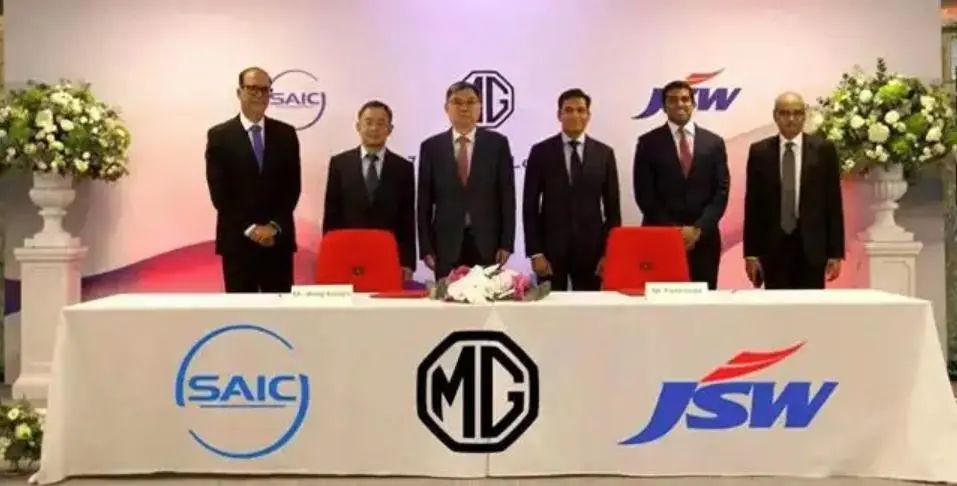
Image | Signing ceremony for JSW's acquisition of a 35% stake in MG Motor India
However, after seven years of hard work, SAIC Motor managed only to break even and 'make some money,' a stark contrast to the favorable treatment it enjoys through its joint ventures in Thailand. Beyond the automotive industry, Xiaomi and OPPO's investments in India have also been raided in recent years. With these lessons piled up, most companies have long regarded India as an investment no-go zone, even without official warnings.
Even when dealing with Indian customers, it is now common to request 80% advance payment, and prepayment is not uncommon.
Building an Automotive Industry Cannot Rely on Opportunism
The history of the last half-century has repeatedly proven that India seems to notice every trend but never catches up.
Before new energy vehicles, India also focused on the photovoltaic industry, with many states even introducing numerous favorable policies. But what was the outcome?
Going back ten years further, before the photovoltaic industry boom, there was the web 1.0 and web 2.0 era of the internet.
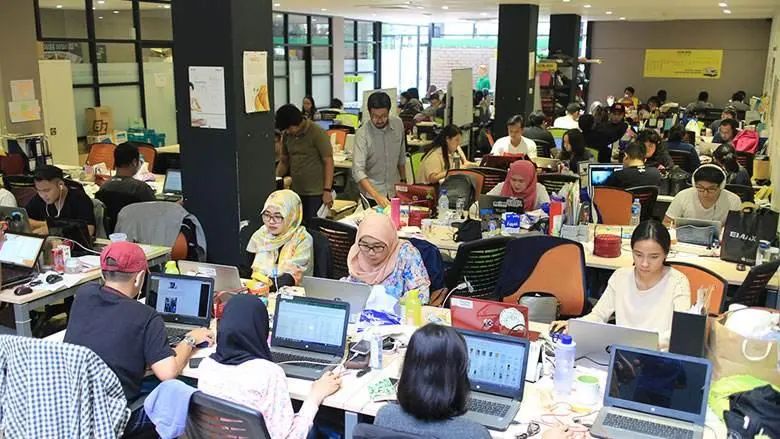
Image | Domestic print media's praise for India's software industry two decades ago, essentially validating some of Zhang Xuefeng's comments from a historical perspective
At that time, India was highly optimistic and actively introduced policies. Many people born in the 1980s may remember that India's 'software industry' was once widely reported by domestic media, urging domestic enterprises to learn from it.
However, to date, apart from Bangalore, which boasts the title of 'India's Silicon Valley' with towering skyscrapers but terrible roads and infrastructure, all that remains in India are global scam call centers targeting English-speaking users.
The root cause of this situation lies in India's chaotic politics.
In fact, while we use the term 'trend' here, which may seem purely lucky or opportunistic, every 'trend' does not emerge out of thin air but must germinate from existing material conditions.
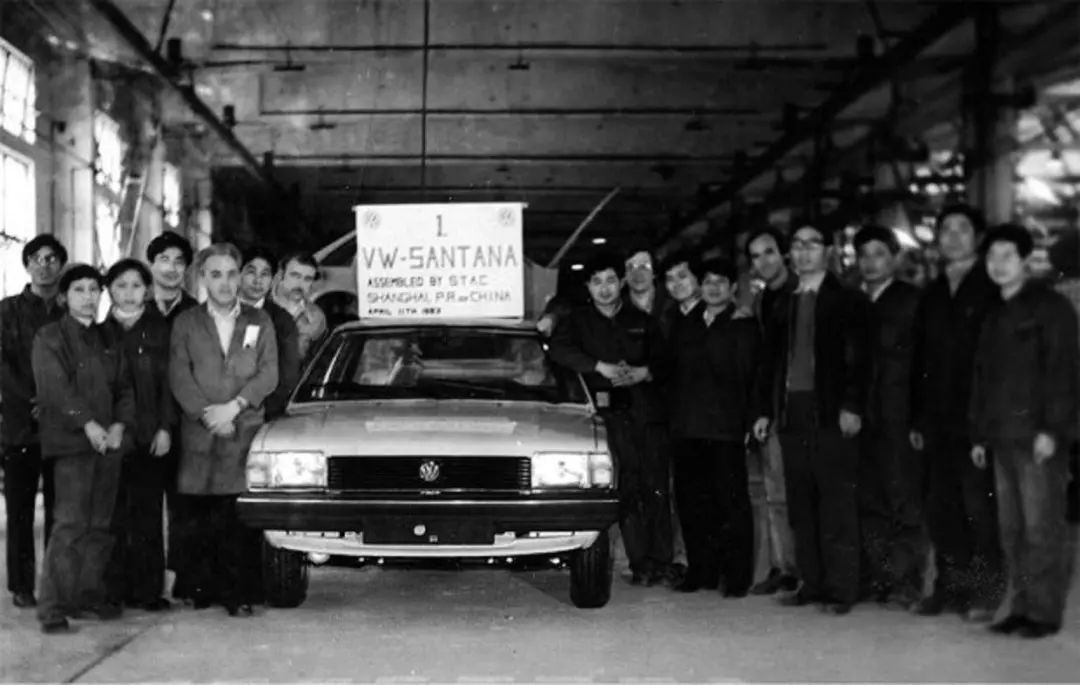
Image | It took us almost three decades to learn how to make cars
Just as the new energy vehicle industry was able to explode into a major trend in China because China had already launched joint venture projects with automakers in the mid-1980s to build its automotive industry. Over the following three decades, China painstakingly constructed an entire upstream parts supply system and launched a massive new energy subsidy policy in 2011.
It is evident that, as Louis Pasteur said, 'Chance favors the prepared mind.' The 'trend' in new energy vehicles was never just a matter of waiting; it was something that China's government and enterprises worked tirelessly for over the years to achieve.
India's chaotic political scene, however, leads its political parties and politicians to focus on short-term policies that can quickly garner votes and win elections, given the country's electoral cycle. In this era of a consolidating global market and nearly closed national upward mobility channels, this political status quo ultimately amounts to leaving the country's medium- and long-term development to chance rather than strategic planning.
In such an environment, only countries with vast land and diverse industries like the United States can seize various development opportunities and quickly transform them into industrial policies through flexible short-term policies of a multi-party government, leading to economic growth, as seen in the internet economy.
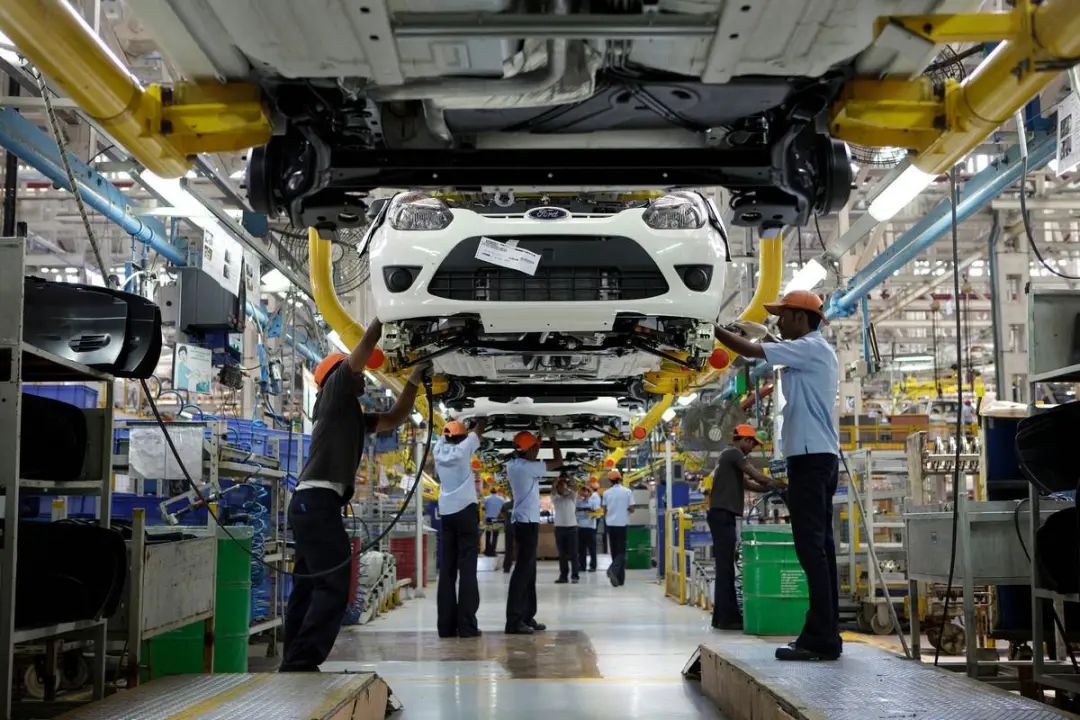
Image | At the end of 2021, after reviewing local conditions, Ford terminated a partnership with Mahindra & Mahindra. India's automotive manufacturing capabilities are roughly comparable to China's state 25 years ago
In fact, since taking office, the Bharatiya Janata Party government has been acutely aware of its current situation. However, neither Prime Minister Modi nor other BJP politicians have been able to turn things around. Conversely, the country's economic vicious cycle caused by trade imbalances further limits its room for maneuver. Ultimately, resorting to such deceptive 'pig butchering' schemes is a pragmatic necessity.
Standing at the midpoint of 2024, the so-called global new energy vehicle trend has largely ended. Most of the dividends dispersed during this historical transition have already been divided between Chinese and American companies. As for the portion already in our hands, as long as companies don't get carried away by short-term gains, no one can take it from us.
However, modern companies that are ultimately loyal only to their financial reports will inevitably be tempted by short-term interests. Especially in the current heated price war in the domestic market, official announcements play a crucial role as a bulwark at this critical juncture.
As mentioned above, not only is India the largest geopolitical rival among our neighboring countries, but it is also not ashamed to hide its ambitions for our territory and even economic status. Its economic characteristics also determine the country's high investment risks.
Apart from this obvious 'pitfall,' which other countries do domestic automakers need to be wary of when expanding overseas at this stage?
Apart from Turkey, which was officially mentioned earlier, there is also a new investment hotspot that has garnered much attention from domestic enterprises in recent years – Russia. Let's first address the issue of Turkey.
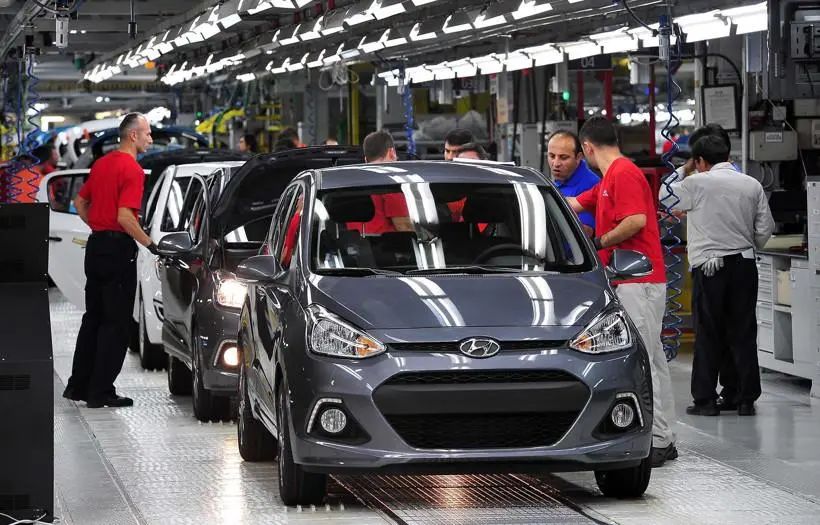
Image | Turkey's automotive industry is not barren; shown here is Hyundai Motor's assembly plant in Turkey
As everyone knows, although Turkey is a member of NATO, it is notorious for being an 'outlier.' So much so that the country was recently expelled from the F-35 program for getting too close to Russia, NATO's biggest rival. Additionally, rumors have been circulating in the past two years that Turkey intends to join the BRICS group of nations.
In the past two years, Turkey has been actively seeking to establish a new energy automobile industry in the country and has offered generous policies to overseas automakers. However, while offering incentives, it also requires companies applying to invest and build factories in Turkey to establish supply chains in Turkey and to purchase a certain proportion of Turkish components for the finished automobiles produced.
Yet, regardless of how strained its relations with Europe and the United States may appear on the surface, Turkey remains a member of NATO despite being excluded from the F-35 program. Additionally, the country has not given up on its aspirations to join the European Union.
Furthermore, given its unique geographical location at the intersection of Europe, Asia, and Africa, and the fact that its current government has repeatedly jumped between various forces over the past two decades to maximize national interests, investing in Turkey poses significant risks.
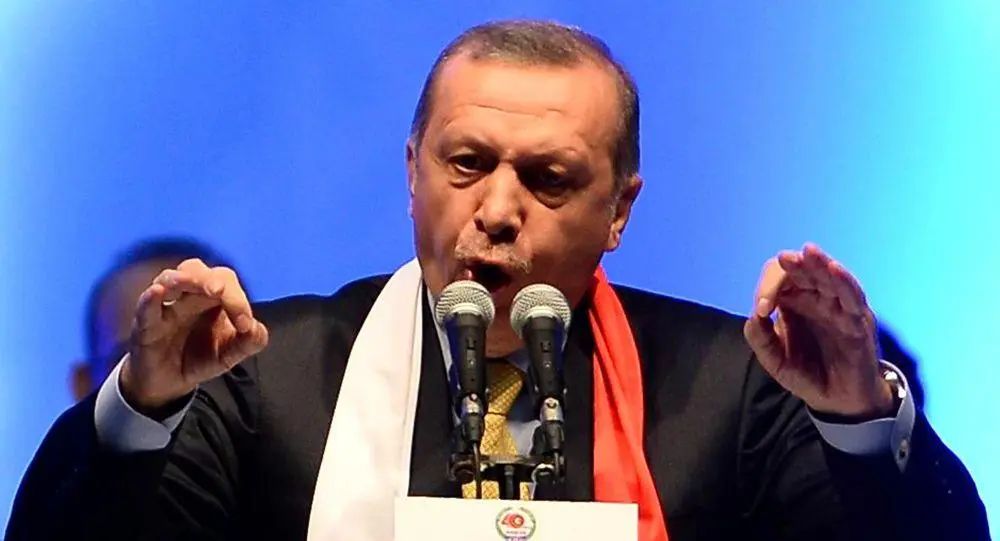
Image | Similar to Indian Prime Minister Modi, Turkish Prime Minister Erdogan is a long-serving politician skilled in taking shortcuts.
Investment in Turkey should be approached with extreme caution, even to the level of "vigilance" comparable to that warranted for India.
As for Russia, due to well-known reasons, the country has become a popular destination for Chinese investments since early 2022. Some have even joked that trade with Russia has helped achieve the long-term goal of revitalizing Northeast China.
The Commune has previously published several articles systematically discussing the issue of domestic automakers expanding into Russia. Here, we will focus solely on the risks involved.
First and foremost, although Russia has declined from its heyday, it remains a major power.
While some on the internet have joked about Russia's economy, comparing it to that of Guangdong Province, anyone with common sense understands the population and economic scale of Guangdong. In fact, Russia's population is slightly larger than Guangdong's, at around 144 million.
Such a country, though destined never to regain the glory of the Soviet era, has never abandoned its aspiration to be a major power. As such, it also harbors ambitions in the strategically important automobile manufacturing sector.
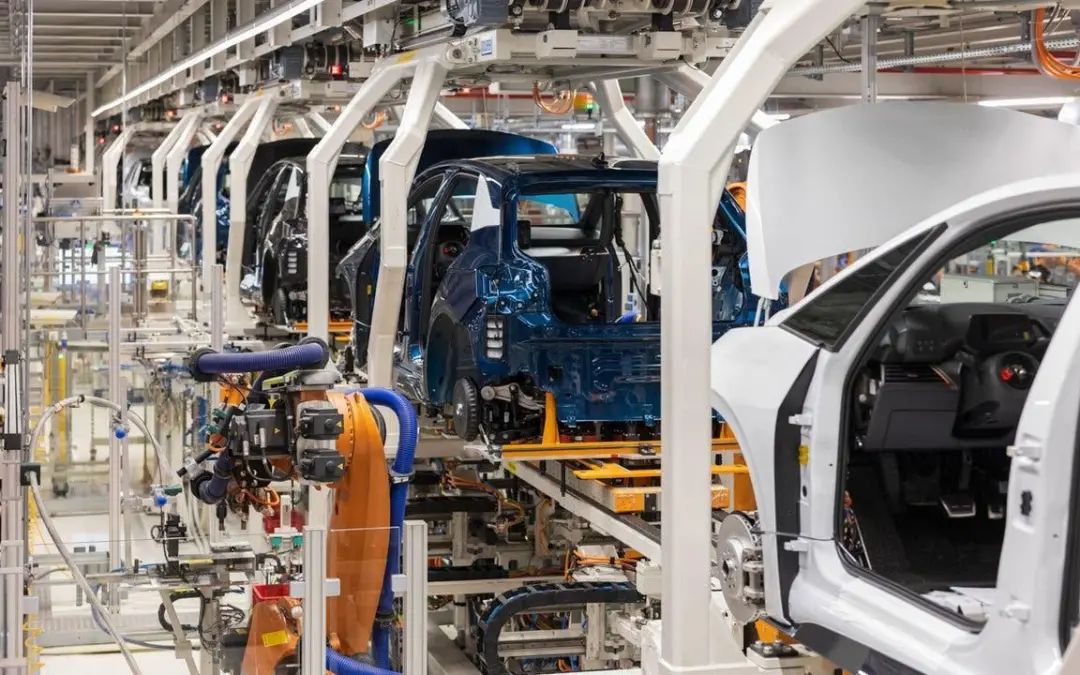
Image | Before 2022, European, Japanese, and Korean automakers also invested significantly in Russia.
Currently, coordinating with Chinese automakers to take over factories abandoned by European, Japanese, and Korean automakers in Russia is only a temporary solution. In the future, if conditions improve, Russia is likely to impose new conditions.
Of course, if these are merely additional conditions aimed at benefiting domestic enterprises and the manufacturing system, everything can be negotiated. The risk for domestic automakers investing in Russia lies in the possibility, albeit slim, of Russia's failure in the ongoing conflict.
Should this scenario occur, Russia could face significant turmoil, potentially leading to the collapse of the current government and the rise of politicians fully aligned with Europe and the United States. In such a case, the situation facing domestic automakers invested in Russia would not be pleasant, to say the least.
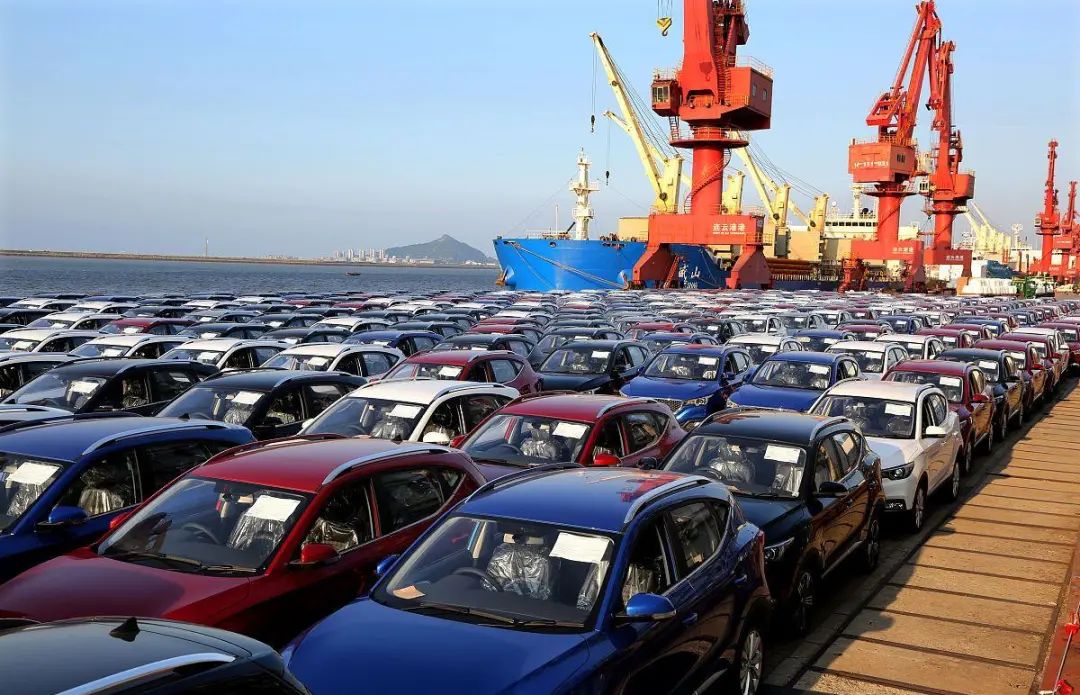
Image | The massive export of Chinese automobiles to Russia after 2022 fundamentally changed the image of Chinese products in the Russian market.
However, it is important to emphasize that this is not an opposition to investing in Russia. Its market openness and expected returns have been proven to be substantial over the past two years, with significantly lower risks than countries like India and Turkey. Moreover, Russians are not fools; recent bombings in Lebanon involving BP radios and walkie-talkies have demonstrated the high level of security of Chinese enterprises and products within the global supply chain.

Image | The world has long since changed beyond recognition.
The concern here is how to maximize the interests of China and its enterprises while avoiding being tied down by Russia.
In summary, extreme caution is the bare minimum attitude towards overseas investments in heavy-asset industries such as automobile manufacturing. However, it is equally important to strike the right balance between caution and ambition. After all, we are now in 2024, and both investment and overseas expansion are necessities.
Given the current global environment, every step taken by Chinese automakers in overseas expansion will be challenging.







